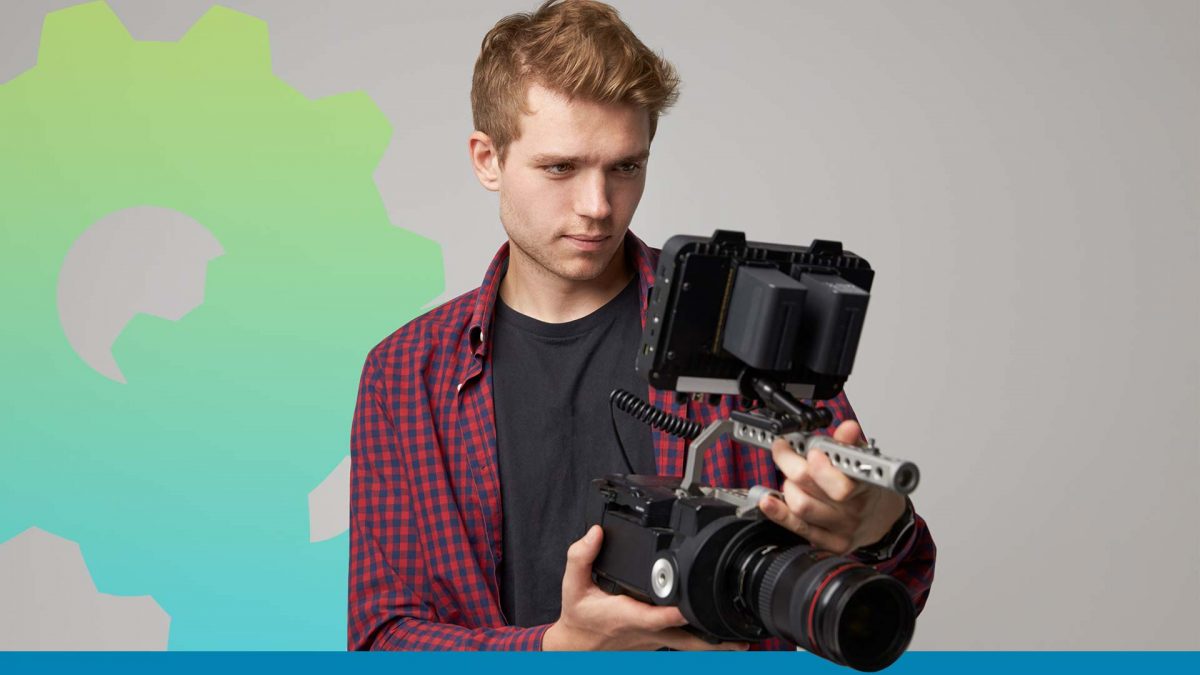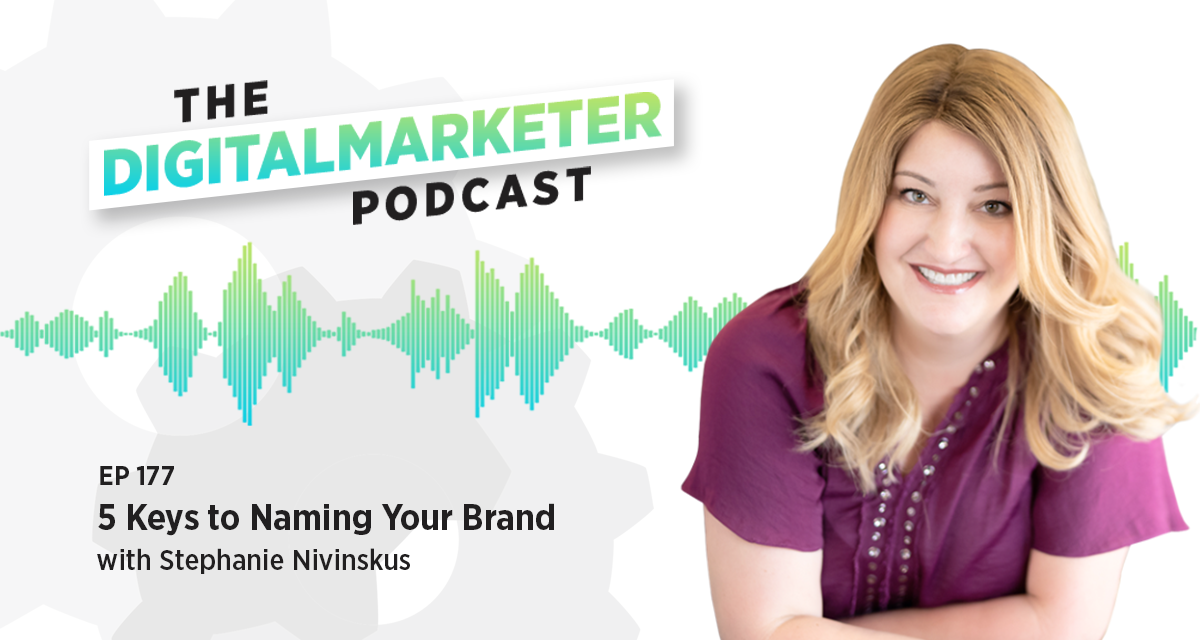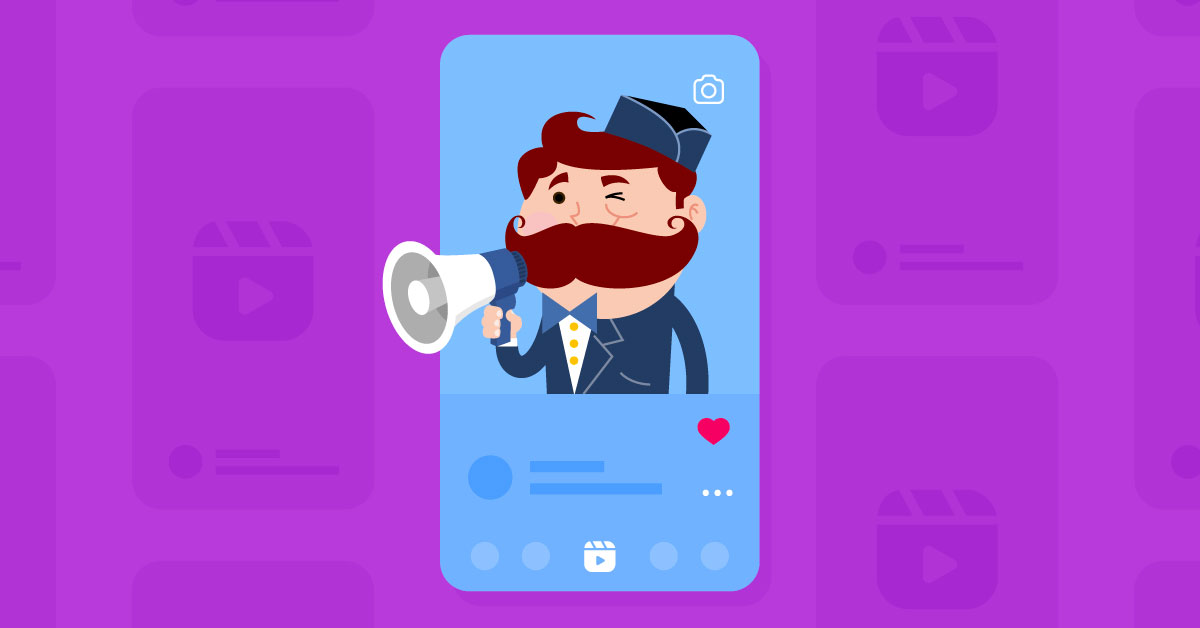Online marketing certifications are better than degree programs and college classes because they are up-to-date, led by experienced experts currently executing marketing strategies, and give you the time freedom to be able to start practicing your skills immediately.
Once you’ve found the online marketing certification you’re interested in, you might find yourself hovering over the Buy button wondering—is this actually going to help me?
And that’s why you want to make sure you can confidently answer yes on the above 3 questions because if you can your marketing certification WILL actually help.
Your online marketing certification will:
• Train you in critical marketing tactics/disciplines
• Keep you up-to-date on the latest in marketing
• Build your resume out to impress any prospective employer OR client/customer
• Give you new skills and boost your abilities
• Make you a better marketer
Blog Highlight: https://www.digitalmarketer.com/blog/marketing-certifications-level-up/
WHAT IS DIGITALMARKETER:
DigitalMarketer is the premier online community for digital marketing professionals. It’s a place where you can learn how to market like a pro, connect with industry experts, and get the strategies and tools you need to grow and scale your business to new heights. https://www.digitalmarketer.com/
Related DigitalMarketer Products: https://www.digitalmarketer.com/products/
![4 Reasons Marketing Certifications Will Help You Level Up [VIDEO]](https://jeffcassman.biz/wp-content/uploads/2021/11/YOUTUBETHUMB_MarketingCerts_1-1200x675.jpg)



 ‘ + data.settings.title + ” : ” }}} ]]>
‘ + data.settings.title + ” : ” }}} ]]>
![Ruben Aguirre, 8 Signal, Certified Partner Highlight [VIDEO]](https://jeffcassman.biz/wp-content/uploads/2021/10/YOUTUBETHUMB_CPRubenInterview_1-1200x675.jpg)









![Adam Lyons, Serial Entrepreneur – Scalable Coach Highlight [VIDEO]](https://jeffcassman.biz/wp-content/uploads/2021/10/YOUTUBETHUMB_AdamInterview_1-1200x675.jpg)




